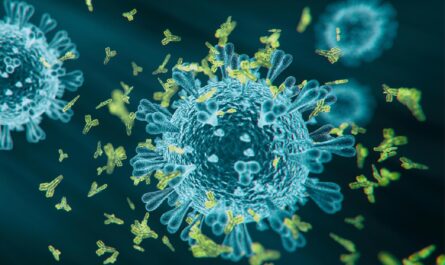Cluster headaches are one of the most severe types of primary headache disorders. Often described as intensely painful, these headaches can strike rapidly and without warning, earning them the nickname “suicide headaches.” Though not life-threatening, cluster headaches are nicknamed thusly due to the severe, excruciating pain they cause which has been known to drive some sufferers to consider suicide as a means of relief. In this article, we will explore cluster headaches in more detail, including causes, symptoms, treatment options and more.
What are Cluster Headaches?
Cluster headaches are a rare type of primary headache disorder characterized by extremely painful headaches that occur in clusters, with periods of remission in between. The term “cluster” refers to these cyclic periods where headaches occur, separated by remission periods without headaches. Attacks typically last 15-180 minutes when occurring and can strike up to eight times per day during active clusters. Cluster periods tend to last weeks to months on average before symptom-free remission periods resume.
Symptoms of Cluster Headaches
The characteristic pain of cluster headaches is notably severe, ranging from moderate to excruciating. Other common symptoms experienced during cluster headache attacks include:
– Pain localized around one side of the head, often around or behind the eye
– Redness and watering of the eye on the same side as the headache pain
– Nasal congestion or runny nose on the same side
– Eyelid drooping or forehead/facial sweating on the same side
– Restlessness or agitation during attacks
Cluster Headache Triggers and Causes
While the exact causes are still unknown, some factors thought to potentially contribute to or trigger cluster headache attacks include:
– Alcohol consumption – Drinking alcohol is a well-known trigger, especially beer and wine
– Tobacco or smoke exposure
– Nitrates in foods like hot dogs, lunch meat, etc.
– Seasonal changes like spring and fall
– Strong light or glare
– Stress, lack of sleep, skipped meals
– Hormonal changes in women around menses
Genetics also play a role, as cluster headaches often run in families. Research also indicates abnormalities in the hypothalamus region of the brain may be involved in some cases.
Diagnosis and Treatment
Diagnosis of cluster headaches is based on medical history and symptoms. Blood tests or imaging tests are not usually necessary for typical cases. Treatment involves both acute attack abortive therapies as well as preventative medications to control the underlying condition.
For acute attacks, inhaled oxygen therapy via non-rebreather mask has been shown effective for many. Sumatriptan injections or nasal sprays can also help stop attacks. Prescription pain medications may be required for more severe cases.
Preventative options utilized during active cluster periods include oral steroids, calcium channel blockers like verapamil, or anti-seizure medications. Deep brain stimulation surgery has also shown promise for refractory cases. Lifestyle modifications to avoid known triggers are also recommended.
Prognosis and Special Considerations
Cluster periods typically start between ages 20-50 and mostly impact males. Attacks usually last 45-90 minutes each but may require 2-3 hours to fully recover from symptoms. The condition follows a cyclical pattern, with periods lasting weeks to months separated by months or sometimes years of remission.
For many, clusters become less frequent over time. However, the intense pain of attacks can negatively impact quality of life and increase risk of conditions like depression during active periods. Early identification and proper acute/preventative treatment are important to help minimize disability from this rare but debilitating headache subtype. More research is still needed regarding causes. But increased awareness regarding cluster headaches, their triggers and management options can help improve outcomes.
In summary, cluster headaches are among the most painful known medical conditions but are treatable when properly diagnosed. Lifestyle modifications together with oxygen therapy, triptans and preventative medications can help minimize attack frequency and severity for most sufferers. While more remains unknown, increased recognition of cluster headaches by medical professionals and the general public is needed regarding this disabling but treatable condition.




